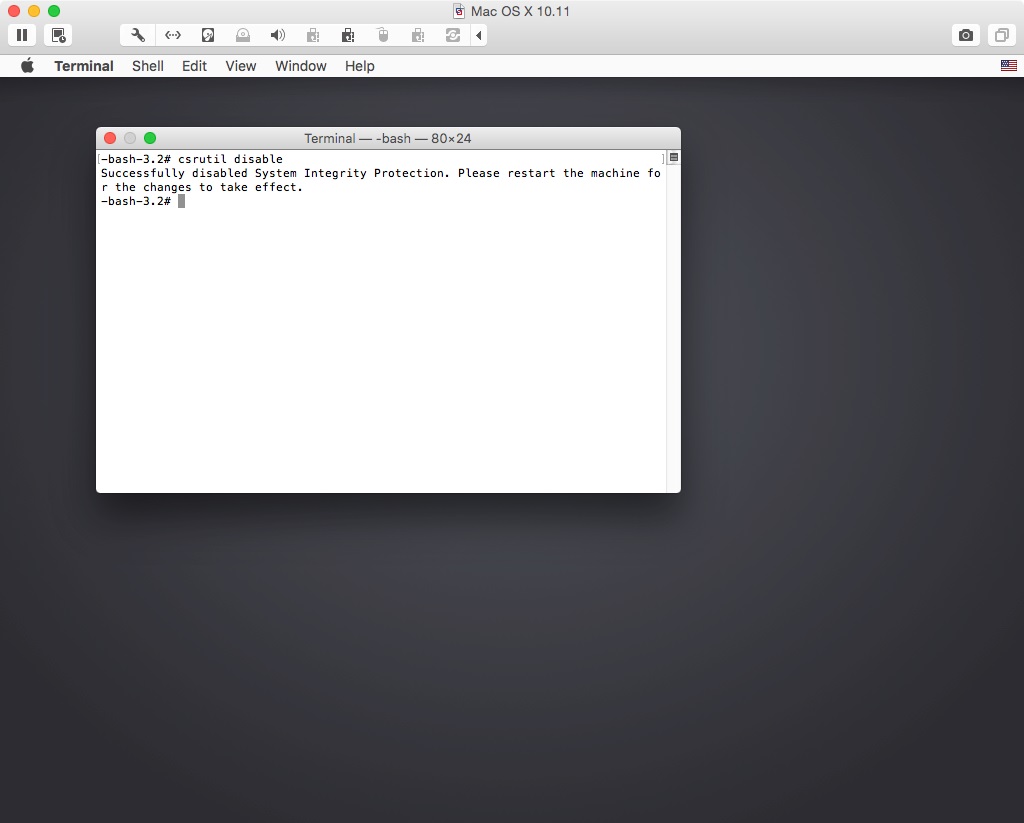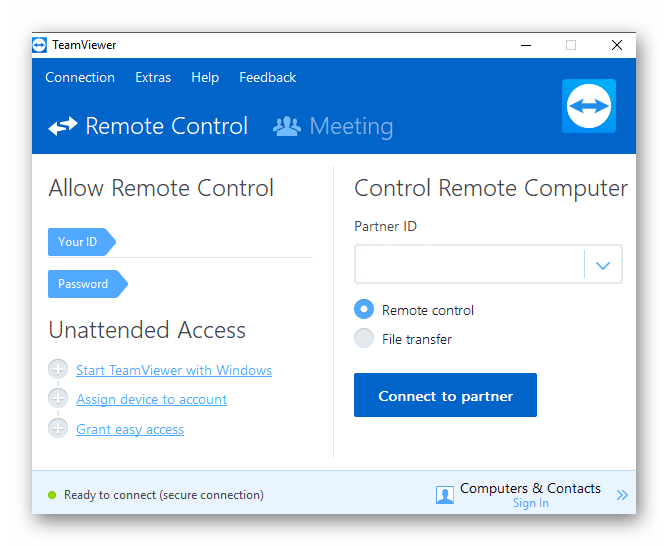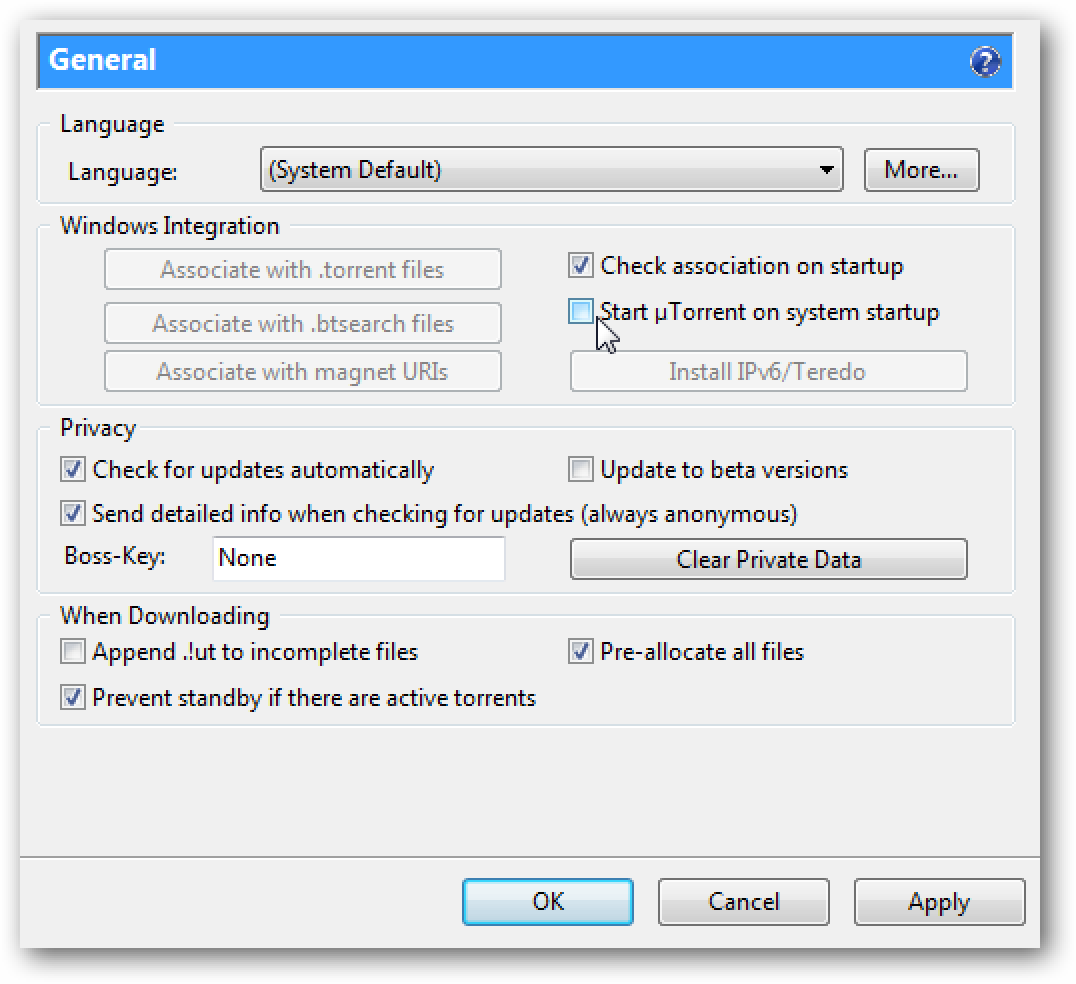

This is an XML file, so you can do it with your favourite text editor or alternatively you can use the Property List Editor that's installed with the Mac OS X Dev Tools. Once you know what program you're tracking, you can create a launchd Property List. Then, in the Open Files and Ports tab, the executable will likely be the first or second entry listed (after /). Alternatively, open Activity Monitor while TeamViewer is running, identify the TeamViewer process and click 'Inspect' in the toolbar. To check you've found the right path, type it in the terminal - if TeamViewer starts, you've probably got it. Open a terminal and look around in the TeamViewer bundle - the executable will likely be at /Applications/TeamViewer.app/Contents/MacOS/TeamViewer but your mileage may vary. If you want TeamViewer to genuinely start on boot, you need to use launchd.įirst, you'll need to identify the actual executable. More information about the Permissions and Settings for the Accept Window can be found in Permission Profiles and Interactive Access respectively.If you just want TeamViewer to start when you're logged in (including if your computer is set to automatically log in on boot), then do what CaseyIT says. By accepting the request, the session is established.

If the connection request is valid, the Accept Window will show up on the remote device.

Enter the ID/Alias in the Address-label on the remote device and request a session.


 0 kommentar(er)
0 kommentar(er)
